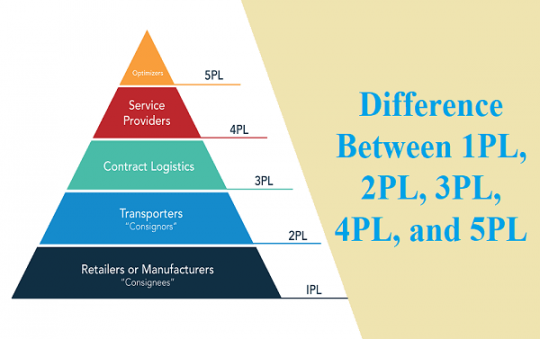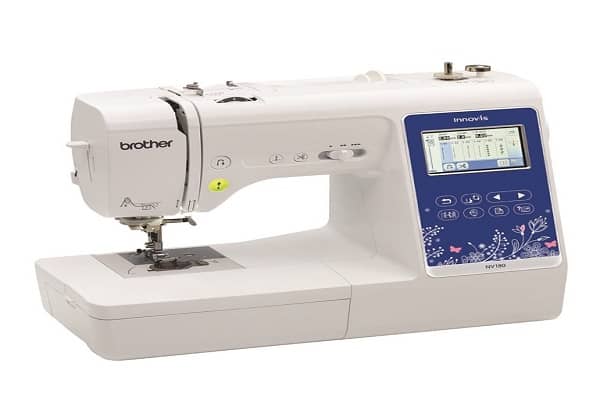In today’s rapidly changing business landscape, agility has become a cornerstone of success. For small businesses, the ability to swiftly adapt to shifts in demand, supplier dynamics, and technological advancements is crucial. One area where agility plays a pivotal role is supply chain management. Gone are the days of rigid, linear supply chains; now, the focus is on creating flexible and adaptive supply networks that can respond promptly to market fluctuations. In this article, we will delve into the world of agile supply chain management for small businesses and explore strategies to build resilience, optimize inventory, monitor demand, leverage technology, and harmonize supplier data through coordinated systems.
Contents
Building Resilient Supplier Relationships
A sturdy supply chain is built on strong supplier relationships. For small businesses, fostering collaborative and resilient ties with suppliers is paramount. Communication, transparency, and trust are the cornerstones of these relationships. By engaging in open dialogue, sharing information about inventory levels, and understanding each other’s constraints, businesses can create a mutually beneficial environment. Moreover, developing alternative sourcing options and cultivating backup suppliers can serve as a safety net during unforeseen disruptions. An agile supply chain relies on a network of reliable partners ready to step in when the primary supplier faces challenges.
Implementing Just-In-Time Inventory Methods
Traditional inventory management often involved keeping large stockpiles of goods on hand to meet potential demand. However, this approach ties up capital and warehouse space. Just-In-Time (JIT) inventory methods flip this paradigm by ensuring that inventory arrives only when needed, reducing excess and obsolescence. While JIT requires precise demand forecasting and coordination, the benefits are substantial. Smoother cash flow, reduced carrying costs, and the ability to quickly adapt to changing demand patterns are some of the advantages of embracing JIT principles.
Monitoring Demand Fluctuations in Real Time
Agile supply chains are attuned to demand fluctuations in real time. Small businesses can harness the power of data analytics to track sales patterns, identify trends, and predict demand shifts. This insight enables proactive decision-making, such as adjusting production levels, replenishing inventory, or launching targeted promotions. By staying ahead of demand changes, businesses can optimize inventory levels and ensure that they meet customer expectations without incurring unnecessary costs.
Utilizing Technology for Supply Chain Visibility
Technology has emerged as a game-changer in supply chain management. For small businesses, leveraging digital tools can provide enhanced visibility into every step of the supply chain. Advanced software solutions enable real-time tracking of shipments, inventory levels, and production status. Cloud-based platforms facilitate collaboration between stakeholders, making it easier to share information and address issues collectively. By embracing technology, small businesses can create a seamless flow of information and improve decision-making accuracy.
Also read: Small Businesses and Phone Answering Services
Mitigating Challenges through Point of Sale System Insights
One powerful way to enhance supply chain agility is by integrating supplier data with point of sale (POS) systems. These systems not only streamline transactions but also provide valuable insights into customer behavior and preferences. By harmonizing supplier data with a retail POS system, businesses can identify which products are flying off the shelves and which are lagging behind. This information can guide inventory management decisions, helping to prevent stockouts and overstock situations. Additionally, POS data can be shared with suppliers, enabling them to align production with actual sales trends, further enhancing the agility of the supply chain.
In conclusion, the agile supply chain management paradigm has become indispensable for small businesses looking to thrive in a fast-paced and ever-changing business landscape. By focusing on resilient supplier relationships, implementing JIT inventory methods, monitoring demand in real time, leveraging technology, and coordinating supplier data with retail POS systems, small businesses can create a responsive and adaptable supply chain. This agility not only helps in meeting customer demands promptly but also in optimizing resources, reducing costs, and staying competitive in the market. As technology continues to evolve and customer expectations evolve with it, embracing an agile supply chain approach will be a key factor in the long-term success of small businesses.




